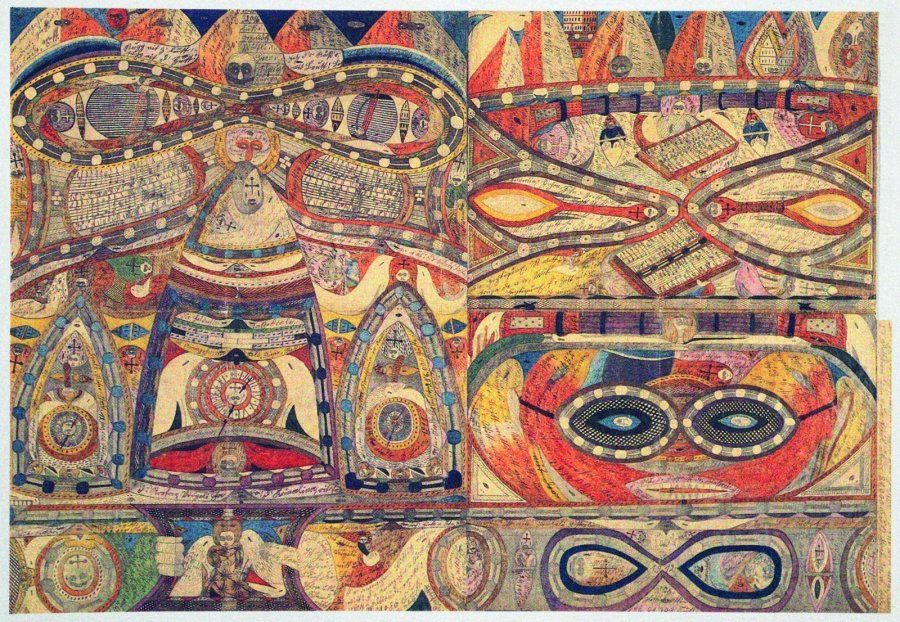After making a few maquettes and researching how to make a cone, I went with this method.
Acquiring a real horn gave me a new sense of scale, and for want of a better word, heft, that they have as an object and I wanted to relay this in the ceramic pieces.
So my final horn size is much larger than I first thought.
Using gum paper, masking tape, gaffa and cardboard I slowly built a straight point version of the horn form, layer by layer, until I felt happy with it.
Here’s an image of it with my lovely “reference horn”.
I dried it thoroughly with the help of a hair dryer and then covered it with plastic parcel tape.
This creates a waterproof layer so that the shape stays intact while being sat in the wet plaster mix.
Next I need to build a container using boards and clamps, large enough for me to stand this upright inside the middle. I can then pour plaster around it, which when it’s dry and Ice removed this object, will become the negative mold that i use for slip casting.


































































